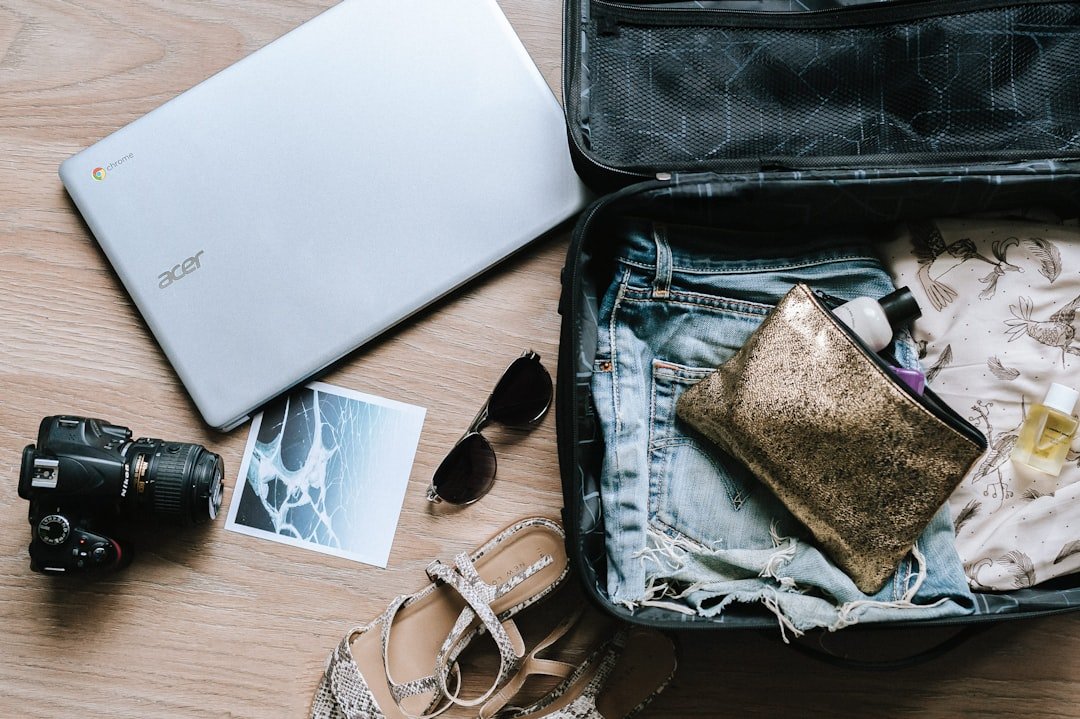There’s nothing quite like the sight of your entire life in boxes to make you feel completely overwhelmed.

Moving is one of those things that sounds exciting in theory but feels like pure chaos in practice. I’ve been there. Staring at a mountain of stuff, not knowing where to begin, and feeling that familiar wave of anxiety wash over me. It reminds me of how I felt years ago when I wanted to change my life. The goal of losing over 110 pounds felt impossible, just like packing up an entire house.
But I learned something crucial on that journey. You don’t conquer a mountain by trying to leap to the summit. You do it one small, steady step at a time. The same exact principle applies to moving. It’s not about one heroic, all-night packing session. It’s about having a smart plan and taking small, consistent actions that make the whole process manageable and maybe even a little less stressful.
Here are the 15 packing hacks that have helped me turn moving chaos into a calm, controlled process.
Prepare for Battle (The Right Way)
Before you even touch a roll of tape, a little prep work will save you massive headaches later. This is where you set the foundation for a smooth move.
15 Hacks for a Stress-Free Move
Declutter Ruthlessly. This is the most important step. Why pay to move things you don’t even want? Before you pack a single item, go through every room with three bags: Keep, Donate, and Trash. Be honest with yourself. If you haven’t used it in a year, it’s probably time to let it go. A new home deserves a fresh start, not old clutter.
Create a Moving Binder or Notebook. Get a simple binder or notebook and keep everything in one place. Your moving company quotes, checklists, receipts for moving supplies, and important documents. When your brain is scattered in a million directions, this binder will be your anchor.
Take "Before" Photos. Before you unplug that mess of wires behind your TV or computer, snap a quick photo with your phone. It will make reconnecting everything a thousand times easier. Do the same for any complex furniture you need to disassemble.
Pack a "Day One" Essentials Box. This is a lifesaver. Pack a clear plastic bin or a specially marked box with everything you'll need for your first 24 hours in the new place. Think toilet paper, soap, toothbrushes, a change of clothes, basic tools (screwdriver, box cutter), paper towels, coffee maker and mugs, and some snacks. Trust me on this.
Don't Buy Boxes (At First). Check local online marketplaces or community groups. People who have just moved are often desperate to get rid of their boxes. You can also ask local grocery or liquor stores. They often have sturdy boxes they are happy to give away for free.
Pack Smarter, Not Harder
Now we get to the actual packing. The goal here is efficiency and protection. A little strategy goes a long way.
Leave Clothes on Their Hangers. This is one of my favorite tricks. Grab a handful of hanging clothes, slip a large garbage bag over them from the bottom up, and tie the drawstrings around the hanger hooks. Instant garment bags. When you get to your new closet, just hang them up and rip the bags off.
Use Your Linens and Clothes as Padding. Don't waste money on bubble wrap for everything. Wrap your dishes, glasses, and other breakables in bath towels, t-shirts, and socks. You have to pack your clothes anyway, so they might as well do double duty.
Pack Plates Vertically. Never stack plates flat in a box. They are much more likely to break. Instead, wrap them individually and stand them on their sides, like records in a crate. They are far stronger this way.
Color-Code Your Boxes. Assign a different colored marker or tape to each room. Blue for the kitchen, red for the master bedroom, green for the living room, and so on. Put a matching color swatch on the door of each room in your new home. This way, you or your movers can tell at a glance where each box belongs without having to read a single label.
Label the Sides, Not the Top. When boxes are stacked, you can’t see the top. Always write the contents and the destination room on at least two sides of the box. This simple change makes finding what you need so much easier.
Keep Drawers Intact with Plastic Wrap. For lightweight items in dressers, you don’t need to empty the drawers. Just pull the drawer out, cover the top with press-and-seal plastic wrap to hold everything in place, and slide it back in. It saves a ton of time.
Fill Every Gap. Empty space in a box is your enemy. It allows things to shift and break. Fill any open areas with soft items like dish towels, packing paper, or socks. Boxes should feel solid, with no rattling sounds.
Don't Make Boxes Too Heavy. It’s tempting to stuff a large box full of books, but you’ll regret it. Pack heavy items like books in small boxes and light items like pillows and linens in large boxes. Your back will thank you.
Start Early and Do a Little Each Day. This is the golden rule. Packing feels overwhelming because we see it as one giant task. Break it down. Pack one or two boxes a day, starting a few weeks before the move. Start with things you don’t use often, like books, seasonal decorations, or guest room linens. This is the exact same mindset that helped me build a productive work routine. I don’t work for eight hours straight. I focus for a short, intense period and then rest. Small, consistent efforts always beat last-minute panic.
Have a "Pack-Last" Zone. Designate a corner of a room or a small closet for things you'll need right up until moving day. This includes your "Day One" box, cleaning supplies for the old place, your moving binder, and your purse or wallet. It keeps essential items from getting accidentally packed away.
Moving is a big change. It can be emotional and exhausting. But it’s also a doorway to a new chapter. When I felt lost in my old habits, I found strength by leaning on my faith and trusting that God had a better path for me. That trust didn't magically solve my problems, but it gave me the peace and strength to take the next right step.
In the same way, you can face this move not with anxiety, but with a plan. You can turn chaos into order one box at a time. You’ve got this.
What’s the very first room you’re going to start decluttering? Just pick one. That’s your first step.





